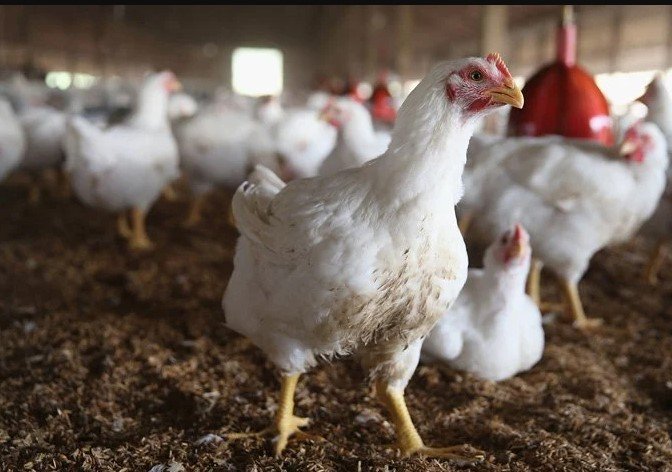The spread of bird flu is raising alarm across the U.S., with a new strain—H5N9—detected in California. As concerns mount over its potential transmission to humans, Georgia, a key player in the poultry industry, is taking drastic measures. Meanwhile, experts argue that reducing chicken consumption could be a step toward limiting exposure.
Georgia Scrambles to Contain the Outbreak
The poultry industry is a backbone of Georgia’s economy, but the threat of bird flu is forcing a reassessment. With confirmed cases of H5N1 in two commercial poultry operations, the state has suspended all poultry sales and transportation in an effort to curb the spread.
Public health officials are keeping a close watch, hoping Georgia does not become the next state with human infections. The virus has already sickened dozens of people nationwide and spread to dairy cows, further complicating containment efforts.

The Administration’s Controversial Decision to Limit Public Health Data
Amid growing concern, a new policy from the administration has halted the release of crucial public health information about bird flu. Scientists and public health officials warn that withholding data could hamper efforts to understand the virus’s evolution and potential human transmission.
Senators Jon Ossoff and Raphael Warnock, along with Congressman Richard McCormick, are being urged to push for greater transparency. Public health experts argue that timely information-sharing is key to reducing risks and preparing for worst-case scenarios.
Industrial Farming and the Risk of Future Pandemics
Large-scale poultry farms are under scrutiny as potential breeding grounds for new infectious diseases. Researchers have long warned that confined animal feeding operations create the perfect environment for viruses to mutate and jump to humans.
- Intensive animal agriculture has been linked to past influenza outbreaks, including H1N1, H5N1, and N7N9.
- Studies suggest that reducing reliance on factory farming could help lower the chances of future pandemics.
- Experts believe transitioning to diversified farming models could mitigate public health risks while sustaining agricultural economies.
Some Farmers Are Already Making the Shift
In North Carolina, former poultry farmers Dale and Paula Boles transformed their 500-foot-long chicken house into a greenhouse for organic vegetables. They are part of a small but growing movement seeking alternatives to industrial animal farming.
Arkansas farmers Jennifer and Rodney Barrett are following suit, replacing their poultry and cattle operations with mushroom cultivation. Their transition is not without challenges, but advocates argue that financial and technical support from the government could help more farmers make similar moves.
Georgia’s Agricultural Future Beyond Poultry
Georgia’s fertile land provides ample opportunities for farmers looking to pivot away from poultry. A range of crops—including beans, legumes, peaches, cantaloupes, and peanuts—offer viable alternatives.
Lawmakers in Vermont have already established grant programs to help farmers transition from livestock to crop production. A similar initiative in Georgia could assist poultry growers seeking new revenue streams while improving public health outcomes.
The bird flu outbreak is shining a harsh light on the vulnerabilities of intensive animal farming. While Georgia fights to contain the virus, some argue that the long-term solution lies in changing how food is produced—and what Americans eat.
